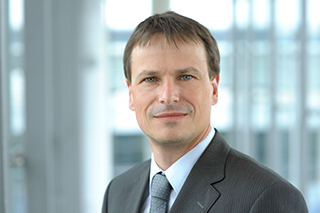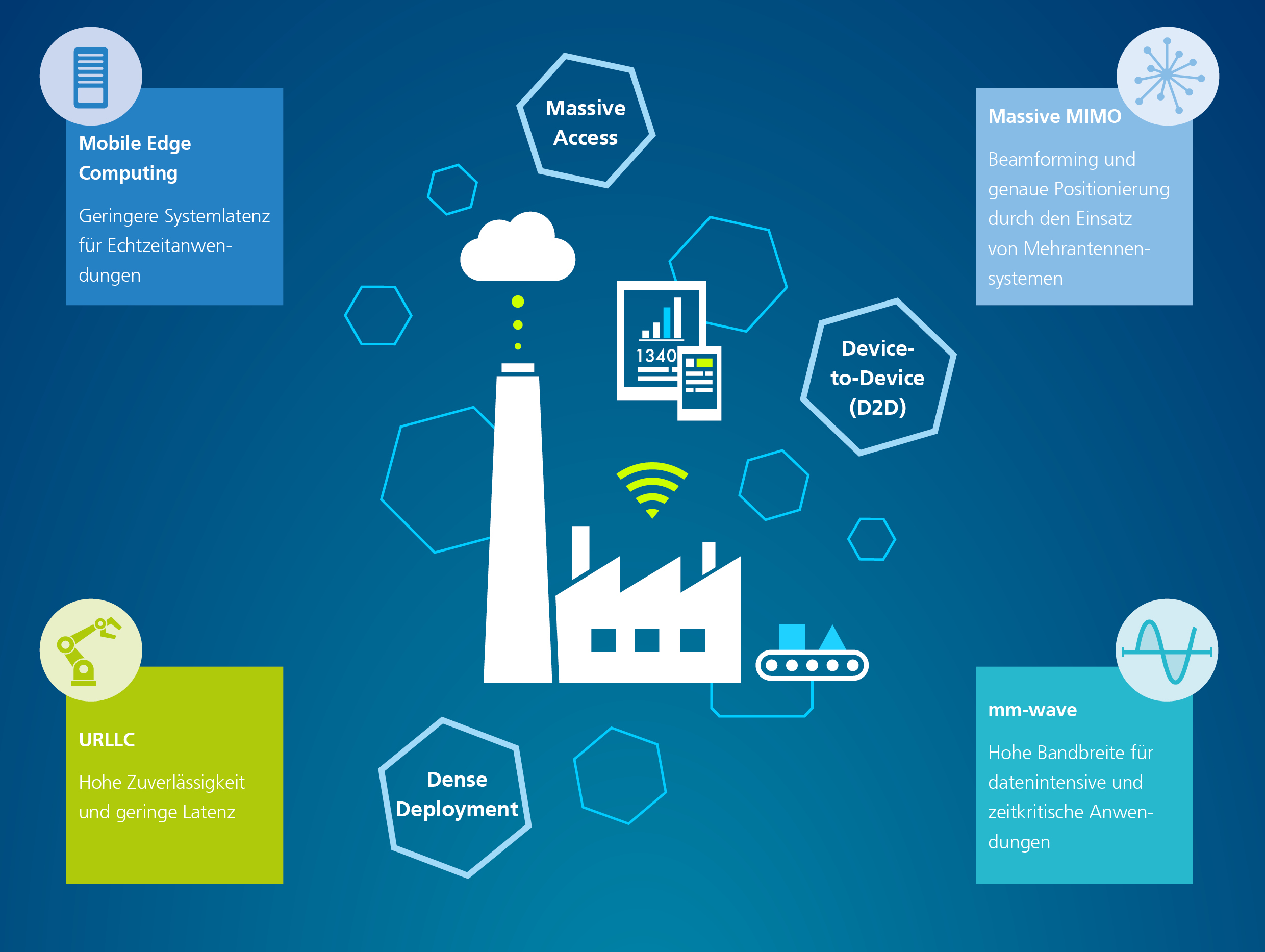3G, 4G and now 5G – everyone is already talking about the next generation of wireless systems, but how far has development actually progressed? What new capabilities can 5G offer compared to its predecessors? And what possibilities does this new standard open up? We spoke with someone in the know: Bernhard Niemann has been researching 5G systems for several years now, and together with fellow researchers at Fraunhofer IIS, he develops technical solutions that comply with the new standard.
“5G will bring far-reaching changes”
13.3.2018 | Interview with Bernhard Niemann about the new 5G networks
Mr. Niemann, 5G is said to be the successor to LTE/4G. Is this a series – 3G, 4G and now 5G?
5G stands for the fifth generation of wireless technology. That means it is the successor to LTE, also known as the fourth generation or 4G, and to GSM, known as the second generation or 2G. However, 5G will trigger changes that go far beyond those of its predecessors.

What will be the most noticeable difference?
Compared to 4G, 5G will increase network capacity considerably, which in turn requires a much greater density of wireless signal transmitters. The data capacity available to each individual user will increase, as will the number of users within each cell.
Does this mean that the connection speed for phone calls or video streaming will be even faster?
Users will certainly be able to stream videos at higher quality, meaning fewer interruptions and no wobbling. Plus, a denser network means the signals can be received at more points than before, so users will also be able to surf the web faster. But in addition to these applications for individuals, there are a host of other, more important applications for which 5G is a key technology.
Now we’re intrigued: where else can 5G be used, and what does it make possible?
Key areas of application, besides surfing the web and video streaming, are of course connected mobility and automated driving. Here, 5G will allow cars to communicate better with each other and with the infrastructure.
In addition, it plays a key role in establishing Industrie 4.0: 5G is the technology that will let machines wirelessly communicate with each other as well as with workpieces. This means that a machine will know which workpiece it is to process and how. Another key area of application will be the Internet of Things in general.
When do you expect 5G to be available?
At the moment, work on 5G is going ahead at full speed. By mid-2018, the first version should be in place.
The second phase will then be standardized, to be completed probably by the end of 2019. We can expect to see the first commercial networks starting sometime around 2020.
What role does Fraunhofer IIS play in making 5G a reality?
Fraunhofer IIS is working on technical solutions for a wide range of challenges related to 5G. I can name several examples: Multiple antenna systems and distributed antennas to increase capacity and data throughput, integrating satellites to improve coverage, extremely short delays and high-precision positioning for Industrie 4.0 and mobility applications, and very low power consumption for the Internet of Things.
Mr. Niemann, thank you for your time.
